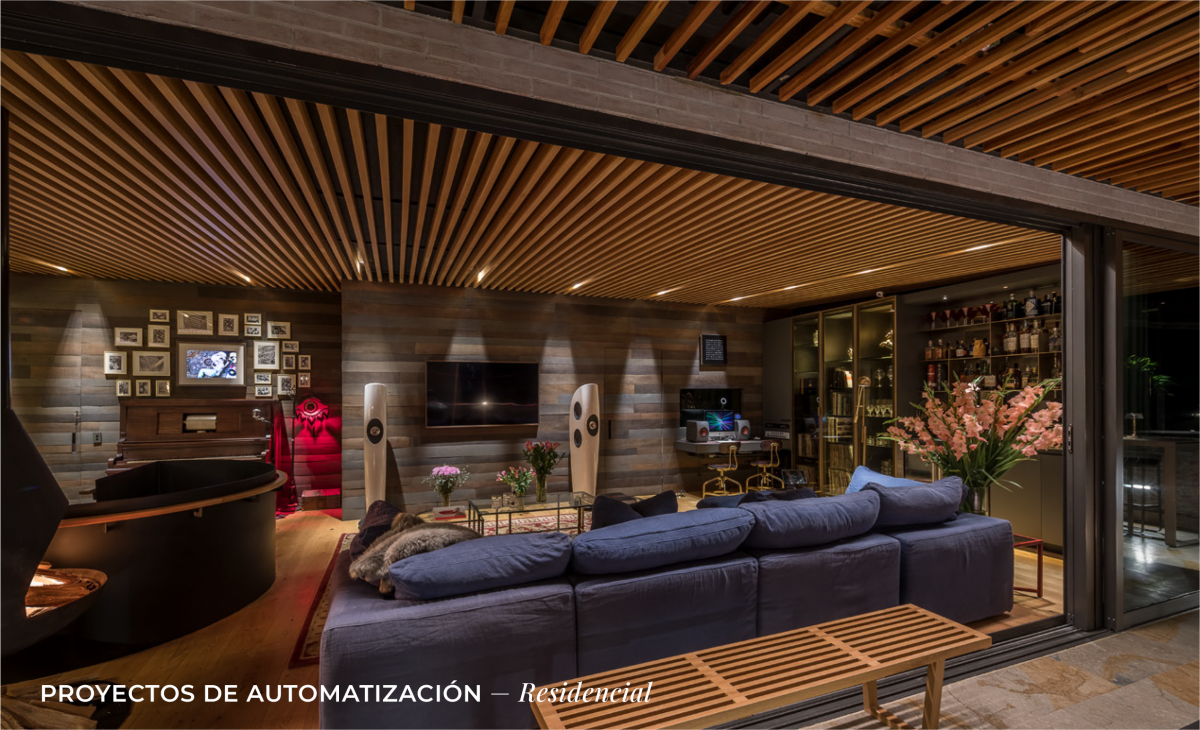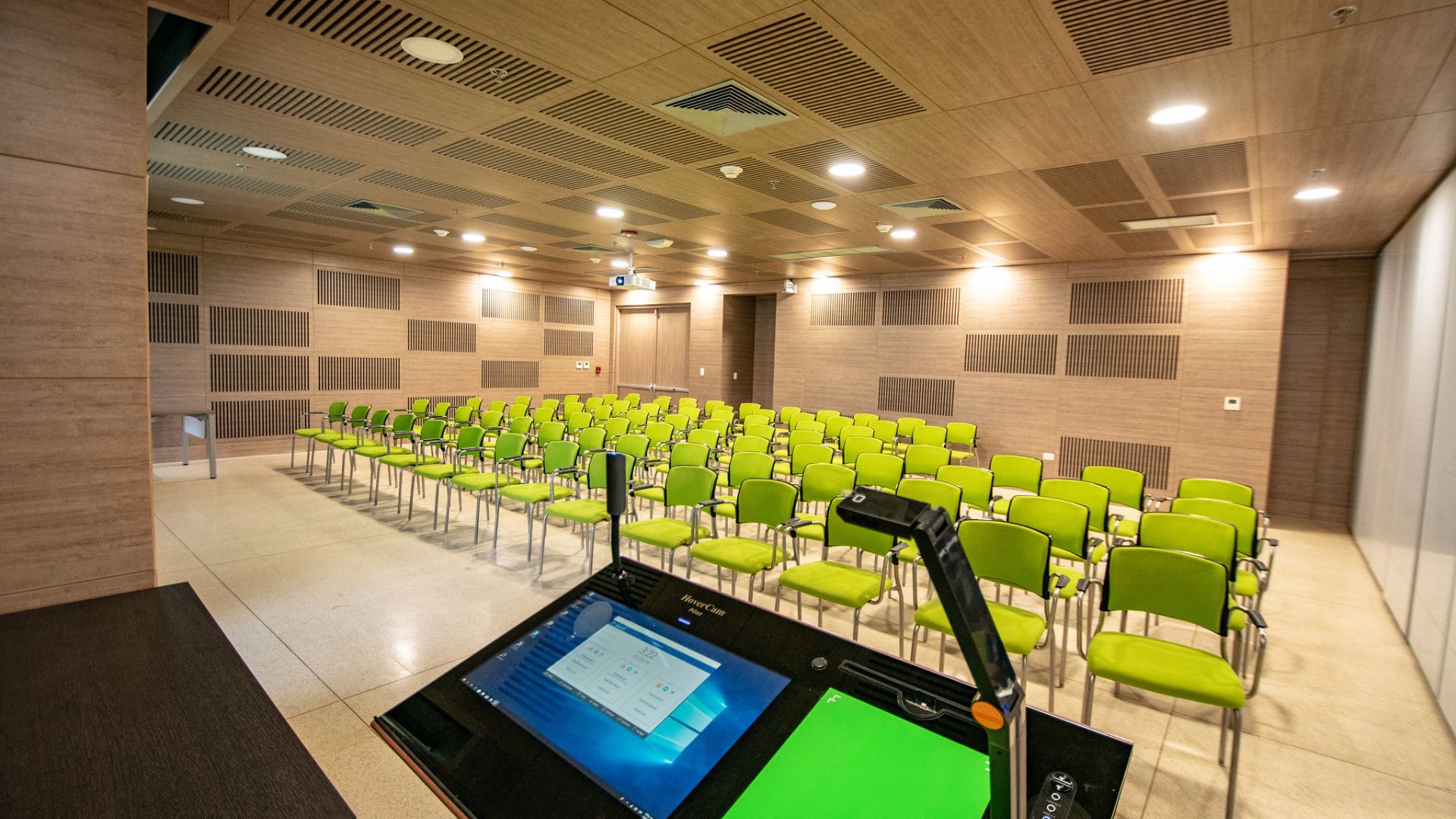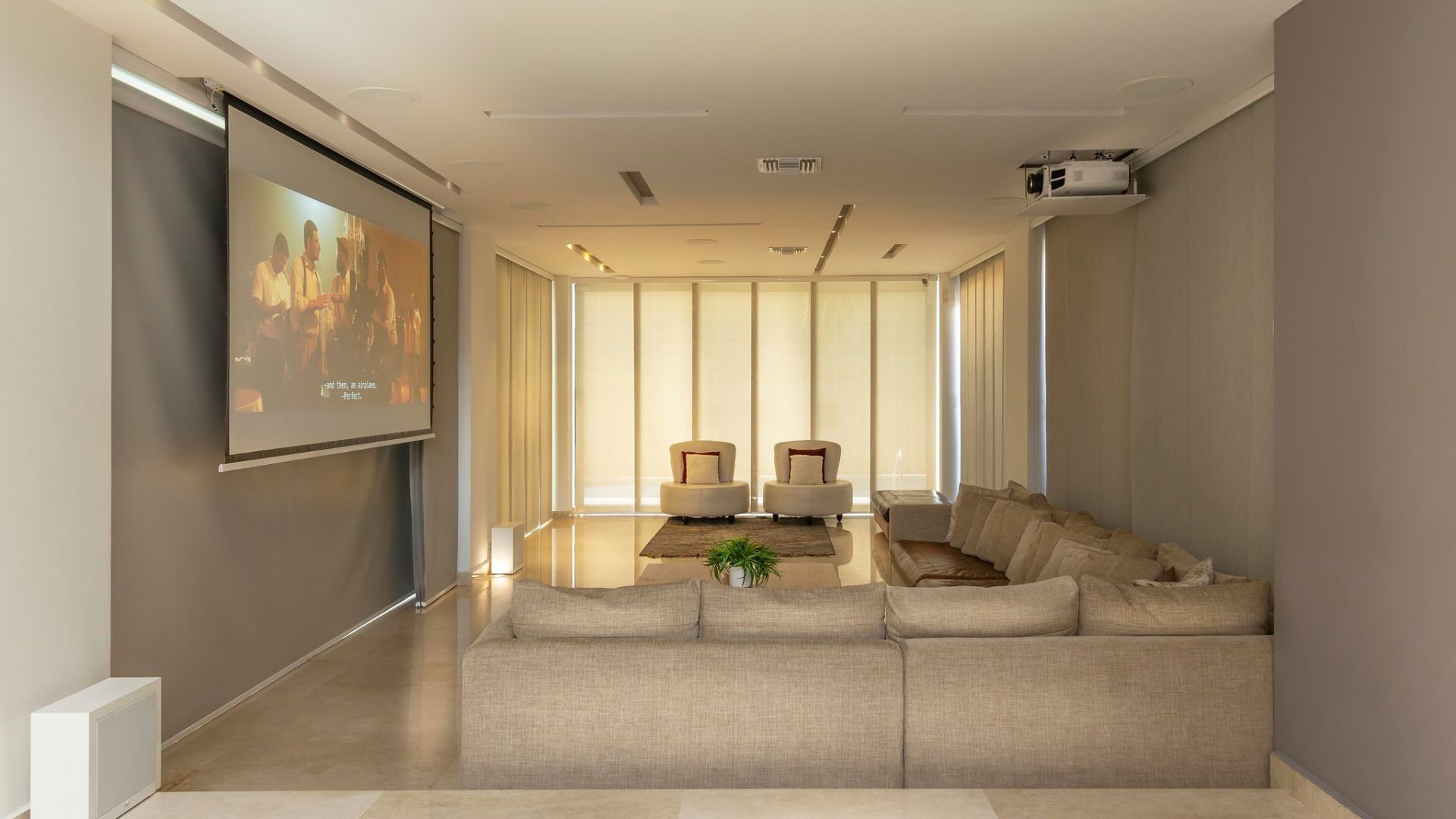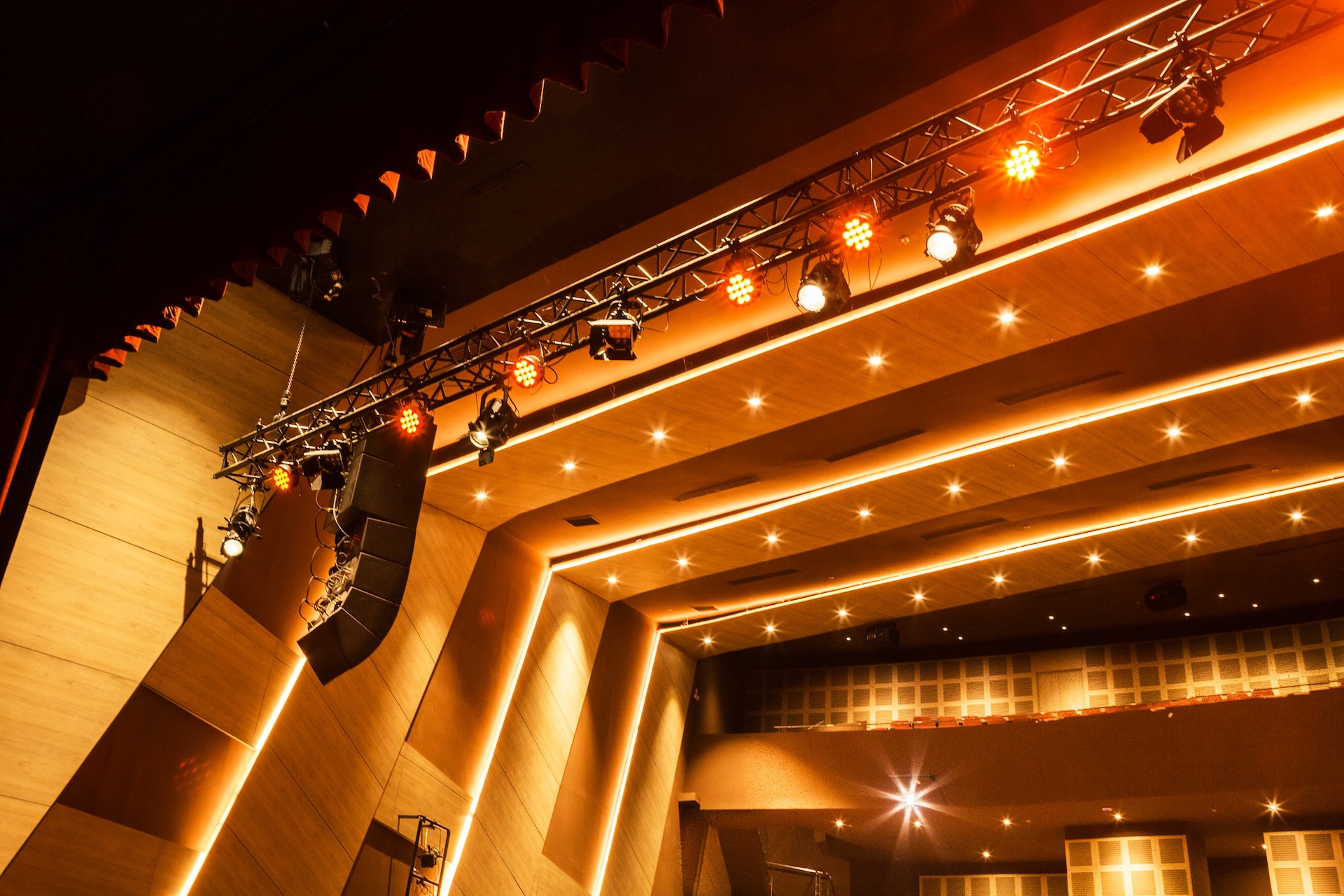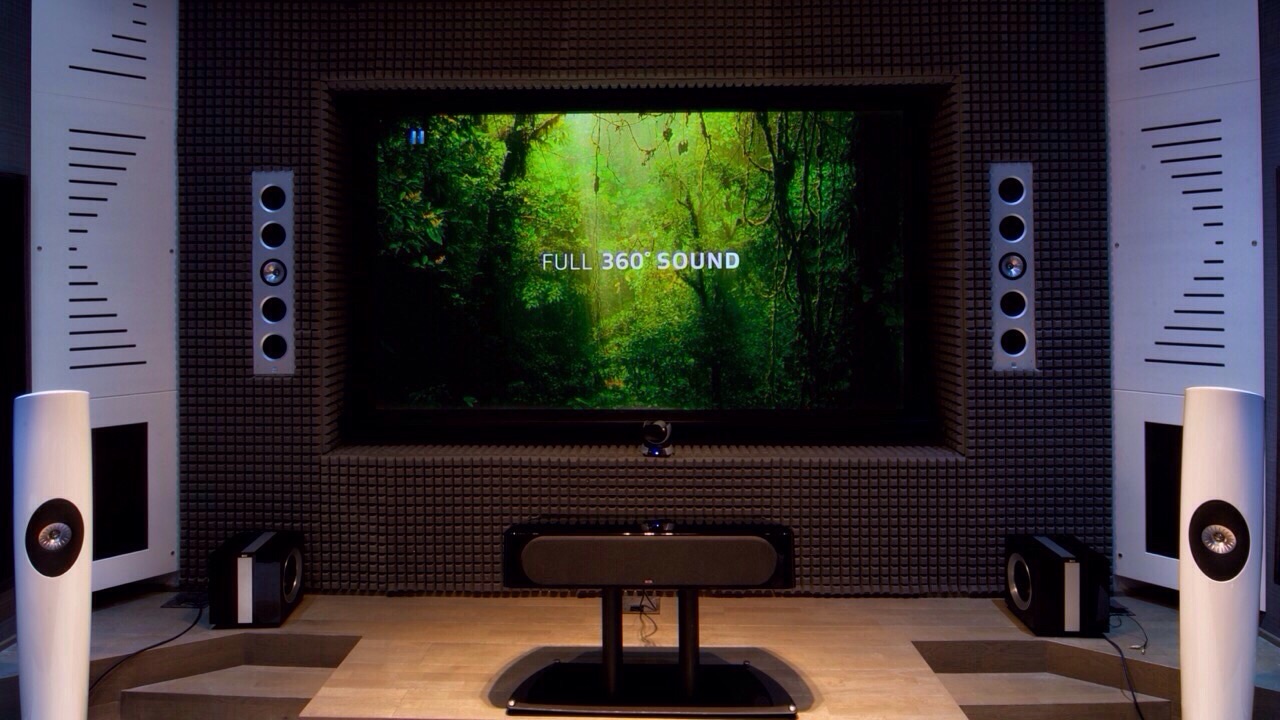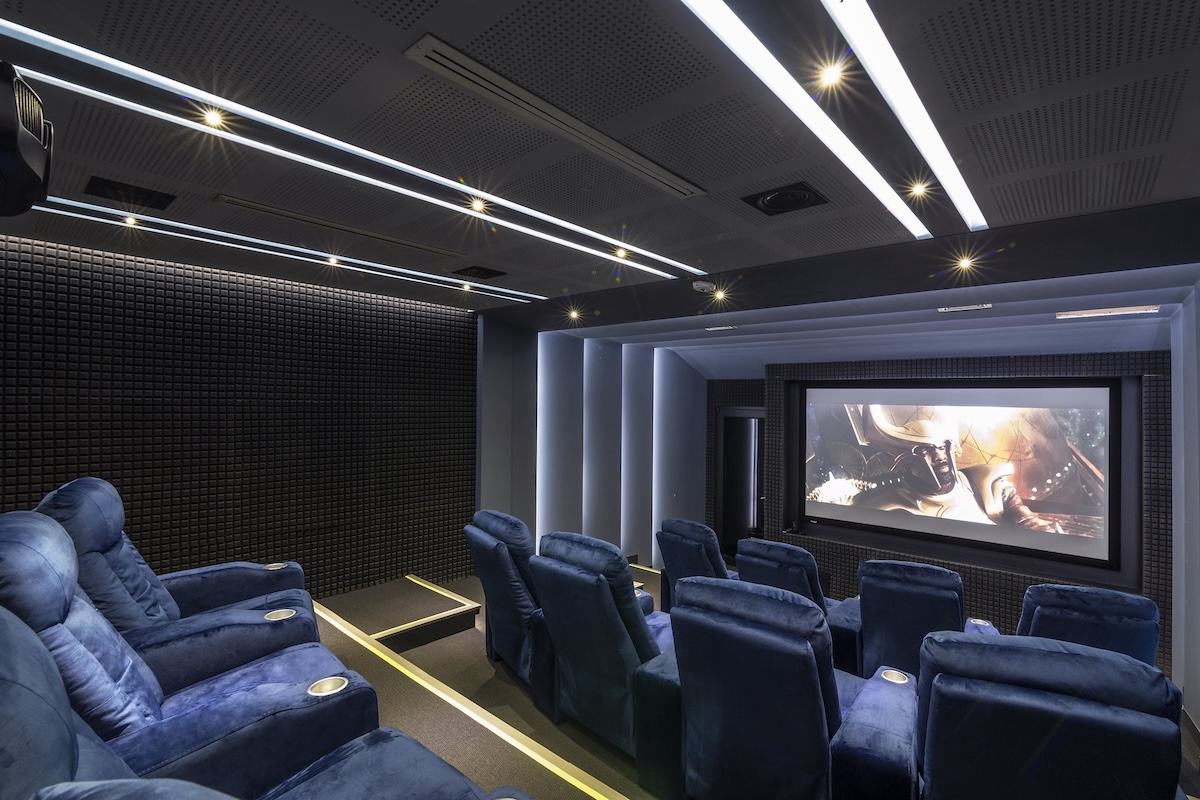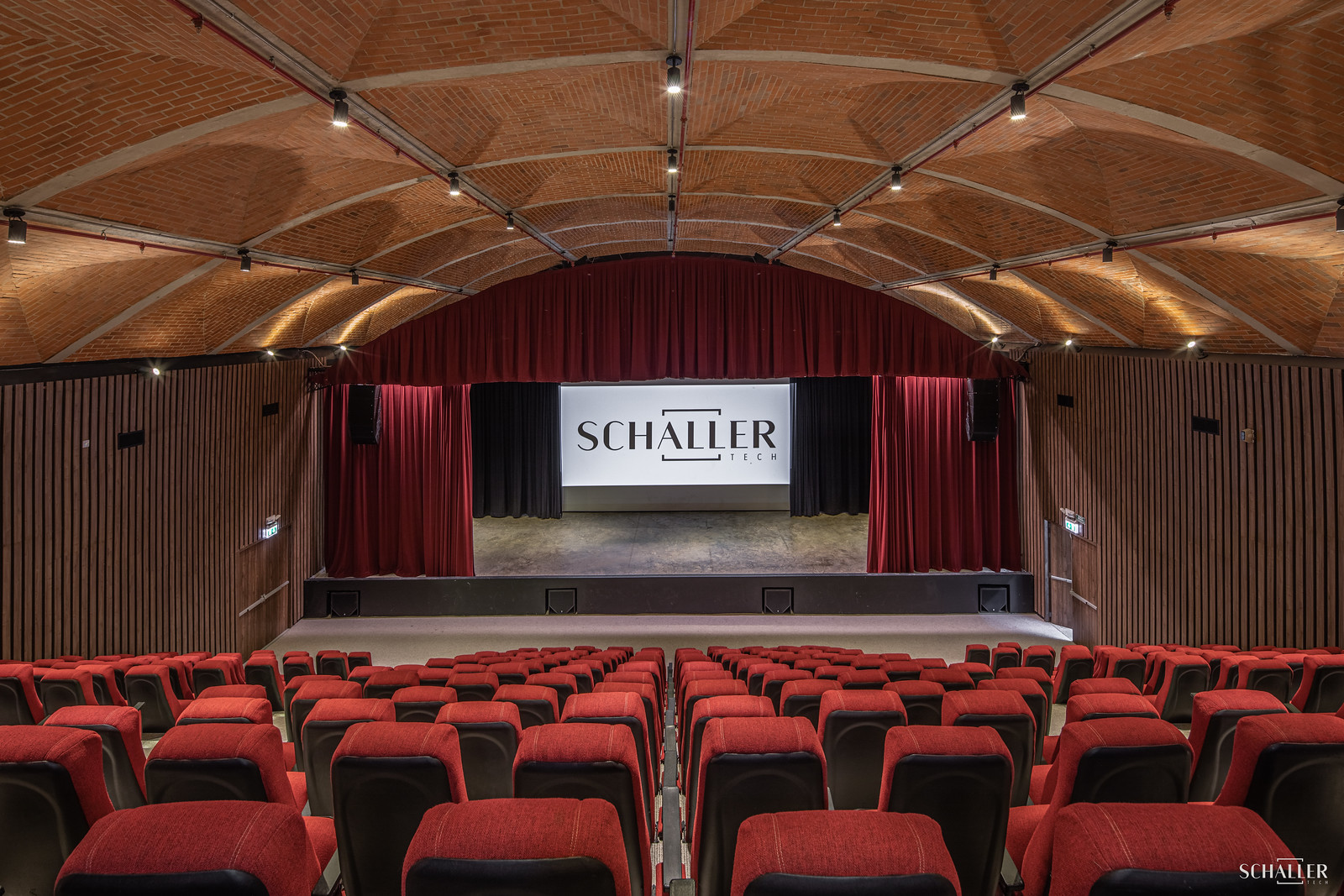Table of contents
At Schaller Design Lab, we’ve seen firsthand how acoustics can make or break an educational environment. It’s not just about volume; it’s the clarity and quality of sound that can transform learning experiences. We’re diving deep into how soundscapes influence focus, retention, and overall academic success. Stay with us as we unravel the sonic elements that are critical to educational excellence.
Importance of Acoustics in Education
Enhancing Learning Experience
In the realm of education, we’ve observed firsthand that acoustic design plays a pivotal role in creating an effective learning environment. Engaging our students at Design Lab means we must ensure that every spoken word is crisp and every instruction is heard clearly. Our classrooms are crafted to minimize echoes and background noise, which allows students to concentrate better and absorb information more efficiently. Moreover, the integration of sound-absorbing materials and strategically placed sound barriers ensures that audio distractions are kept at bay, providing a soundscape conducive to an immersive learning experience.
Enhanced acoustics not only benefit the learners but also alleviate the vocal strain on educators, permitting longer periods of instruction without the loss of voice quality. This attention to acoustic detail is a cornerstone of Design Lab’s commitment to excellence in education.
Improving Student Performance
Research has demonstrated that students in acoustically optimized classrooms experience notable improvements in their academic performances. By ensuring that every lecture hall and study space at Design Lab is designed with optimal sound quality, we create an atmosphere where concentration flourishes and miscommunications are avoided. Students are less likely to miss critical information and are more engaged during lessons, leading to better comprehension and retention rates.
The statistical evidence backing the significance of acoustics in education is compelling:
| Outcome | Improvement Percentage |
|---|---|
| Comprehension | 25%-30% |
| Concentration | 50%-60% |
| Academic Performance | 5%-10% |
By far, environments with controlled noise levels and enhanced sound systems empower students to reach their full potential. As a result, grades and test scores see a tangible uptick, validating our investment in high-quality acoustics at our facilities. And as we continue to innovate in our design, we recognize that the soundscape of a classroom is as crucial to student achievement as the curriculum itself.
Factors Affecting Acoustics in Educational Settings
Classroom Design

A vibrant and engaging classroom setting filled with natural light, showcasing a neat arrangement of tables and chairs, and a welcoming atmosphere for learning.
When talking about acoustics, Classroom Design takes center stage. The physical layout of a classroom is a fundamental component that affects how sound travels and is absorbed. Our experts at Design Lab focus on optimizing classroom spaces to make sure sound is evenly distributed. Walls, ceilings, and floors should be constructed with materials that minimize echo and enhance sound clarity. Each element plays a pivotal role in creating an acoustically friendly environment:
- Wall configuration and surface materials: Utilize sound-absorbing materials to prevent echoes.
- Ceiling height: Lower ceilings tend to reduce the volume of airspace in which sound can bounce around.
- Furniture selection: Opt for pieces that absorb rather than reflect sound, such as upholstered chairs.
- Speaker placement: Ensure that audio equipment is strategically positioned for equal sound distribution.
All these factors combined lead to a more controlled sound environment, optimized for both teaching and learning.
Noise Control
At Design Lab, Noise Control is another crucial factor in shaping the acoustic experience in educational settings. External and internal noises can disrupt the learning process. Here is what we address to manage noise levels effectively:
- External noise isolation: Soundproofing against street noise and other external sources is essential.
- Internal noise management: Acoustic panels and floor coverings help to absorb sound generated within the classroom.
- HVAC system design: Noise from heating, ventilation, and air conditioning systems must be minimal.
- Door and window seals: High-quality seals can significantly reduce the intrusion of outside noise.
By implementing these strategies, we ensure that auditory distractions are kept to a minimum, fostering an environment conducive to focus and concentration. Sound management systems, thus, become integral to the education design blueprint, setting the stage for an enhanced auditory experience for any learner inside the classroom.
Benefits of Good Acoustics in Education
Clear Communication
We understand the crucial role clear communication plays in educational settings. Optimal acoustics in classrooms enable every spoken word to be heard without the need for raised voices. Students absorb information more effectively when teachers can communicate without straining their voices or repeating themselves. Sound clarity ensures that even those at the back of the room receive the same level of instruction as those at the front. Research demonstrates that speech intelligibility can increase student engagement and learning outcomes. At Design Lab, we’re committed to designing spaces that prioritize acoustic quality to support educational advancement.
Concentration and Focus
Our team at Design Lab values the deep connection between acoustics and a student’s ability to concentrate. Background noise significantly impedes focus, hindering students from fully engaging with the material. With good acoustics, distractions are minimized, facilitating a laser-sharp focus that’s essential for learning and memory retention. By reducing reverberation and ensuring even sound distribution, we create classrooms where students can devote their full attention to the task at hand, leading to improved academic performance. This focused environment is not a luxury – it is a necessity for effective education.
Reduced Stress and Fatigue
We’ve seen firsthand how good acoustics contribute to a more comfortable learning environment by lessening the cognitive load on both students and educators. Excessive noise levels are linked to increased stress and can lead to auditory fatigue. When the learning space is acoustically optimized, it can reduce the strain of listening over long periods. This results in a more relaxed atmosphere where students can engage without the added tension that poor acoustics often introduce. Our design strategies at Design Lab integrate sound-absorbing materials and acoustical planning to create spaces that support the wellbeing of all occupants.
Acoustic Solutions for Educational Spaces
Sound Absorbing Materials
We understand the critical role sound absorbing materials play in reducing noise levels in educational environments. By deploying these materials precisely, we can transform any classroom into a haven for learning. Materials such as acoustic panels and carpeting significantly diminish the echo and reverberation that can distract students. Suspended ceilings made of sound absorbent tiles offer a dual function of aesthetics and noise reduction. These materials are key in absorbing the sounds that can impede the educational process. They provide a quieter, more focused atmosphere for students.
Soundproofing Techniques
When it comes to creating an optimal learning environment, soundproofing techniques are crucial. We’ve seen the data; proper soundproofing leads directly to enhanced student engagement. Methods such as installing acoustic wall coverings and sealing gaps around doors can drastically minimize the intrusion of external noise. Our state-of-the-art solutions at Design Lab include specialized construction materials that serve as barriers to noise. These are not merely functional but also contribute to the overall design element of the school or classroom.
Classroom Sound Systems
High-quality classroom sound systems are the cornerstone of clear communication in an educational setting. In a space optimized by Design Lab, every student will hear the instructor without straining, irrespective of where they’re seated. Advances in technology have given us sound field systems, which use microphones and speakers strategically placed around the room to distribute sound evenly. It’s not just about volume – it’s about clarity. Integrating a classroom sound system ensures that every spoken word is an opportunity for learning.
By focusing on acoustic solutions, educational spaces become more than just rooms – they become conduits to knowledge.
Case Studies of Successful Acoustic Designs in Educational Settings
Universidad del Norte Auditoriums

A bright and modern classroom setting featuring green chairs with white writing tablets, a large whiteboard, and a projector screen, creating an engaging learning environment.
El Milagro Acústico: Calidad Sin el Precio. That’s the philosophy we at Design Lab embraced when taking on the Universidad del Norte’s auditorium challenge. The original blueprint featured a ceiling fully decked in perforated wood, which, while acoustically sound, came with a hefty price tag. Our ingenious solution involved shifting to suspended wood clouds with hidden acoustic materials. The impact was dramatic. We not only preserved but also enhanced the sound quality throughout the auditoriums. It turned out that redesigning the ceiling architecture was the game-changer, leading to a whopping 60% reduction in acoustic costs while maintaining crystal-clear sound.
MaryMount School Classrooms
At the MaryMount School in Barranquilla, Design Lab struck a perfect balance between aesthetics and acoustics. We meticulously calculated the amount of ceiling to treat with perforated drywall plates coupled with absorbent acoustic materials. The outcome? Classrooms that not only boast a cutting-edge design but are also acoustically comfortable. Our approach meant there was no need to go the extra mile with wall treatments, proving once again that strategic acoustics can create optimized learning environments without compromising on modern appeal.
Conclusion
We’ve seen firsthand the transformative power of good acoustics in educational spaces. By integrating smart acoustic design, we can significantly enhance the learning atmosphere for students and educators alike. Let’s remember, the right sound environment is not just a luxury but a necessity for effective education. It’s our responsibility to advocate for acoustic considerations in educational planning to ensure every student has the opportunity to thrive in an environment conducive to learning. With innovative solutions at our disposal, creating these optimized spaces is more achievable than ever. Let’s make the commitment to prioritize acoustics and witness the profound impact it has on educational success.
Frequently Asked Questions
What is the role of acoustics in educational environments?
Acoustics play a crucial role in enhancing the learning experience by ensuring clear sound quality, reducing distractions, and aiding in students’ concentration and comprehension.
How does good acoustics affect student performance?
Good acoustics can significantly improve student performance by minimizing auditory distractions and allowing for better focus, leading to enhanced concentration and academic success.
Why is clear and high-quality sound important in classrooms?
Clear and high-quality sound is vital in classrooms to support effective communication between educators and students, minimizing misinterpretation and ensuring that learning material is understood.
Can acoustic design be integrated without affecting the classroom aesthetics?
Yes, acoustic design can be implemented in a way that complements classroom aesthetics, such as the use of suspended wood clouds and strategically placed perforated drywall plates with absorbent materials.
What evidence is there to support the impact of acoustics on learning?
The article references statistical evidence that associates well-designed acoustics with improved comprehension and heightened concentration levels among students, thereby boosting academic performance.
Are there real-world examples of effective acoustic designs in education?
Yes, the article highlights case studies from educational settings where successful acoustic designs, like suspended wood clouds and the use of absorbent materials behind perforated drywall, have been applied to enhance learning environments.
Our Portfolio
Table of contents
